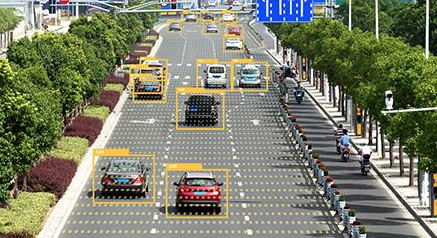The Law Commission has recently completed a review of the law relating to automated vehicles. The review had been requested by the Centre for Connected and Autonomous Vehicles, which reports to the Secretary of State for Transport. This was the first occasion in which the Law Commission had been asked to develop legal reforms in advance of future technological development. The government’s aim is to avoid regulatory barriers that might impede innovation while managing potential risks of harm.
The review process involved three rounds of consultation that fruitfully engaged a wide diversity of interested groups. It was a good example of how the need to capture policy intentions in legislation generates close scrutiny and clarification of the issues involved. The 300-page report is comprehensive, except that it does not consider V2V connectivity for AVs, a slight surprising omission given who commissioned it.
Because an automated vehicle (AV) will be able to drive itself for at least part of a journey, there are profound legal consequences. The human driver can no longer be the principal focus of accountability for road safety. Instead, new systems of safety assurance are needed, both before and after vehicles are allowed to drive themselves on roads.
The legal framework has to cover self-driving functions where a user has to be able to take over control when the vehicle cannot cope, for instance in poor visibility, as well as for more advanced automation when the AV is able to cope under all conditions.
The Law Commission proposes three new legal actors:
- Authorised Self-Driving Entity (ASDE) – the vehicle manufacturer or software developer who puts an AV forward for authorisation to the regulator.
- User-in-charge – the human in the driving seat while the vehicle is driving itself.
- NUIC operator, responsible when there is no user in charge, to navigate obstructions and deal with incidents.
There will need to be regulators for new functions:
- Vehicle type approval of an AV.
- Authorisation of automated functions.
- In-use safety regulation.
- NUIC operator licencing.
The proposals of the Law Commission will need to be enacted in legislation to have effect. The government’s intention is to make the UK an attractive place for the deployment of AVs, even though the main development of the technology is taking place in the US, where there is considerable diversity of regulatory regimes across the states. However, the comprehensive legal framework may deter some prospective developers.
Ride-hailing operators such as Uber might hope to save the costs of the driver, but would need to own the vehicles and accept responsibility as the NUIC operator for oversight of operations, and possibly also to be the ASDE. This would be a large and costly change from the current capital-lite business model.
Tesla’s approach to automation has been to incorporate the hardware into existing privately-owned vehicles and to improve the software over time to get to the point of implementing what is being marketed as ‘Full Self-Driving’ capability. Taken literally, this would require Tesla to be licenced as a NUIC operatory, with oversight of its whole fleet of vehicles on the road.
Developing vehicle automation for general deployment is proving more difficult than the pioneering technology optimists had hoped. As well as getting the technology to the point of being publicly acceptable, there is an evident need to develop viable business models consistent with the expected regulatory regime.

